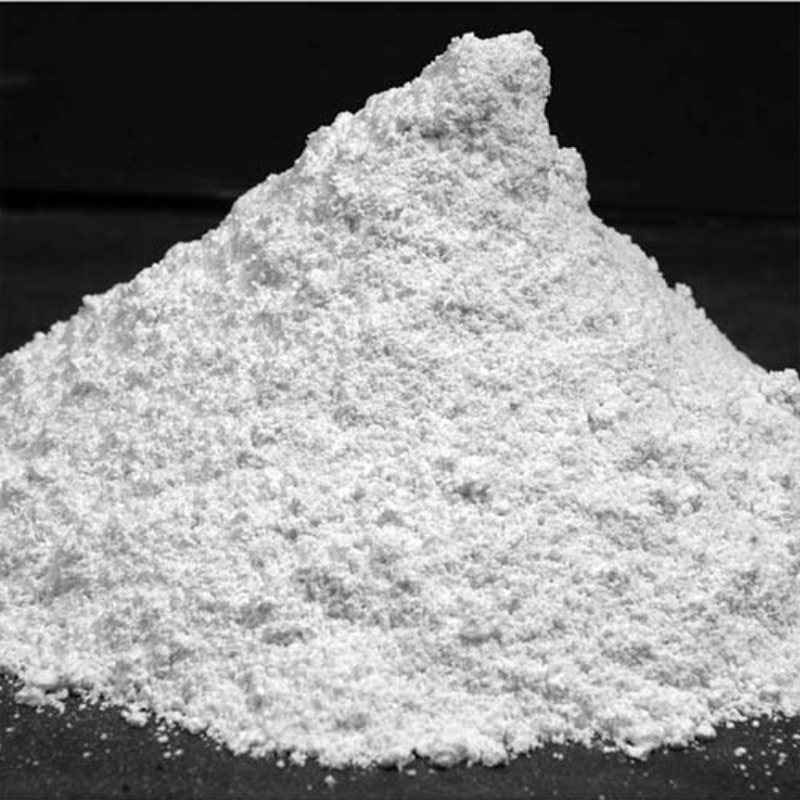Dolomite powder For Industrial Chemical
Description:
- Dolomite Powder is a naturally occurring mineral consisting mainly of calcium carbonate (CaCO₃) and magnesium carbonate (MgCO₃).
- It is a fine, white or grayish powder with a high purity level and is often used in various industrial applications.
Uses:
- Construction: Used as a flux in the production of cement and concrete, improving strength and durability.
- Agriculture: Acts as a soil conditioner to improve soil pH and provide essential magnesium and calcium nutrients.
- Glass Manufacturing: Serves as a raw material in the production of glass, enhancing the quality and properties of the final product.
- Steel Industry: Utilized in steel production as a flux to remove impurities and improve the quality of steel.
- Ceramics and Refractories: Employed in the manufacture of ceramics and refractory materials to increase heat resistance and structural integrity.
If you'd like to know more about this chemical or need any analysis
report regarding this chemical then contact us support@echem.com.bd.

Login To Comment